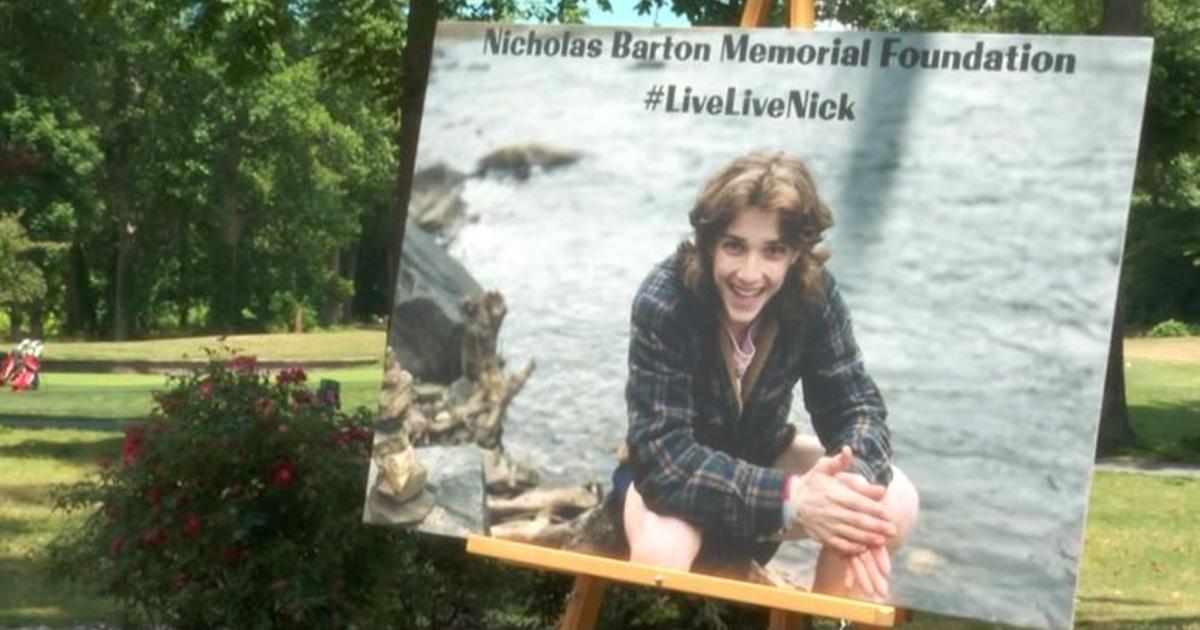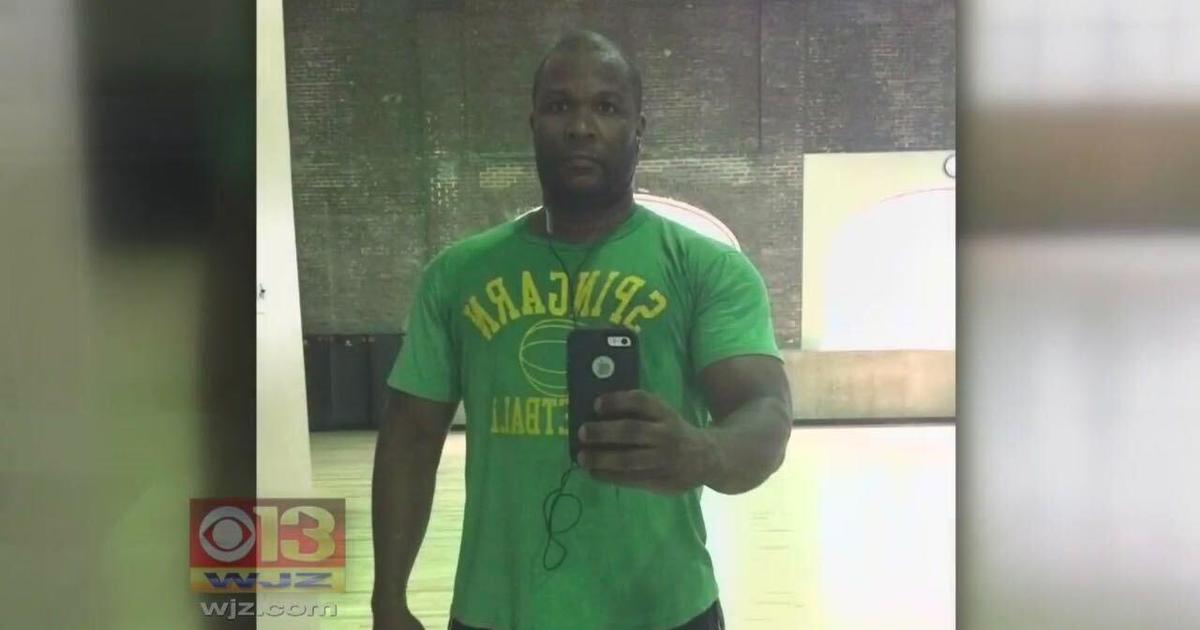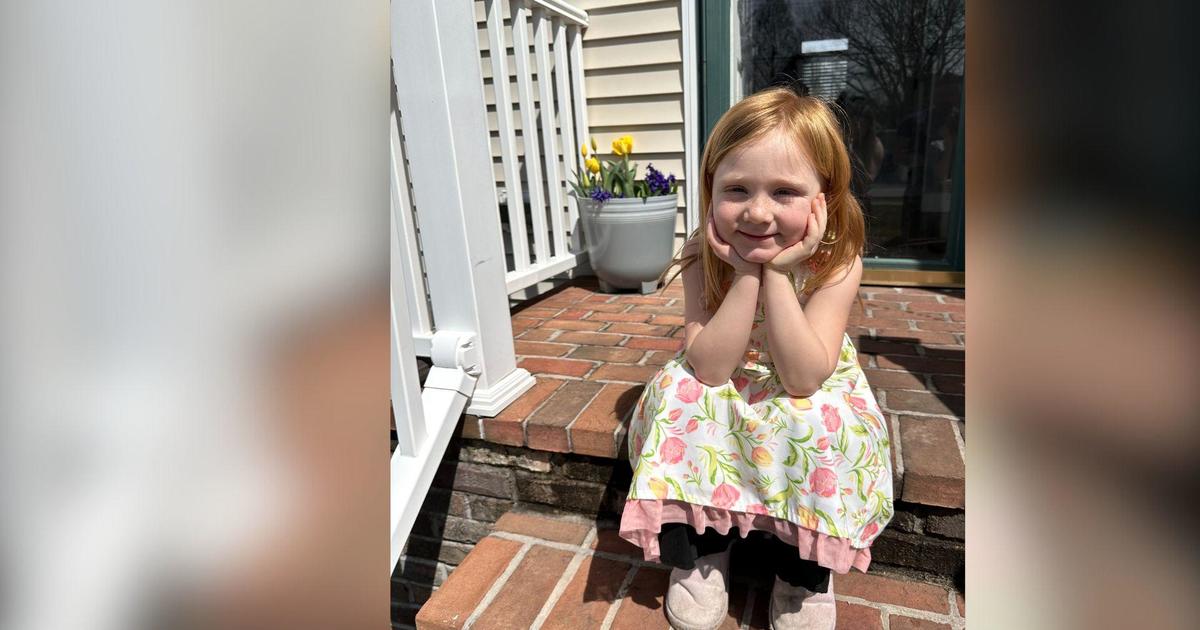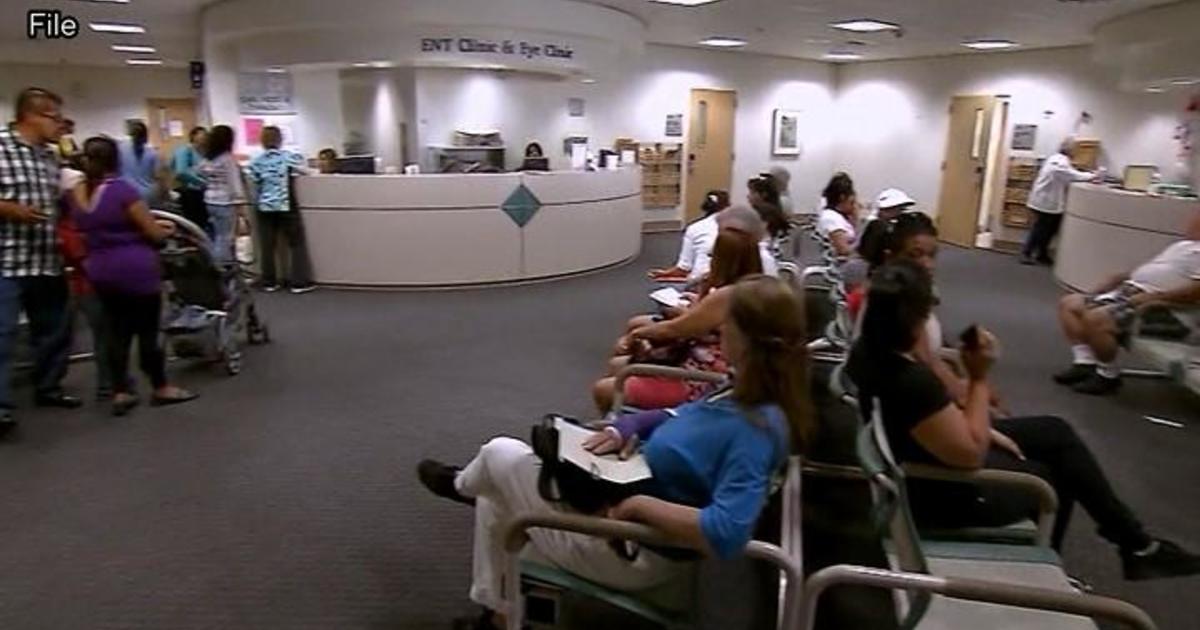IRB Final Report Released: Why Board Thinks Sean Suiter 'Took His Own Life'
BALTIMORE (WJZ) -- The Independent Review Board investigating the death of Baltimore PD detective Sean Suiter has released their final report.
"The Board concludes that, based upon the totality of the evidence, Detective Suiter intentionally took his own life with his service weapon," it states in the report.
The board found that there were no defensive wounds on Suiter, and only his DNA was found on his service weapon. Blood spatter was also found on the inside of his right shirt sleeve. Suiter's blood was also found inside the barrel of the gun. A trace amount of DNA was found on Suiter's clothes, but the medical report attributed it to the officers who carried Suiter to the police car to transport him to the hospital.
Sources: Evidence Shows Baltimore Detective Sean Suiter Took His Own Life
According to the final report, Suiter was also the "subject" of the Gun Trace Trask Force investigation he was set to testify in the next day in front of a grand jury after another GTTF member implicated him in "criminal wrongdoing."
In the report, the following reasons are given for this conclusion:
- A portion of the gun barrel was in contact with Suiter's head at the time the fatal shot was fired;2
- Suiter is right-handed, and the bullet entered the right side of Suiter's head;
- The gun that killed Suiter had polygonal rifling, consistent with a Glock, which was Suiter's service weapon;
- Suiter's DNA was found inside the barrel of Suiter's Glock and on its surface, meaning that Suiter's weapon fired the fatal bullet. No other DNA was present;
- The remains of the fatal bullet are consistent with department-issued ammunition and the firearm issued to Detective Suiter (but could not be confirmed as Suiter's Glock due to deformation of the projectile);
- All three spent shell casings found at the scene came from Suiter's weapon;
- Blood spatter was found on the inside of Suiter's right dress shirt cuff, indicating that Suiter's hand and arm were in as high a position as was
the entrance wound at the time the fatal shot was fired, with blood being expelled into Suiter's sleeve; - Suiter was trained in self-defense in both the military and the police, and specifically was trained to use the gun slide to disable the weapon
if attacked; - Trace amounts of DNA, which may be attributed to two officers who carried Suiter from the lot for hospital transport, were found on his person. Apart from that, no DNA other than Suiter's was located on his person;
- The autopsy revealed no defensive wounds, such as abrasions on the knuckles, hands or arms, and Suiter was found with his police radio still in his left hand, which is inconsistent with a struggle;
- Video from a neighbor's video camera and testimony of two witnesses establish that a suspect would have had a couple of seconds at most to disarm Suiter, shoot him with his own weapon, erase any trace of his presence, and exit the vacant lot without being seen or heard;
- Suiter was scheduled to testify before a federal grand jury the following day in connection with the BPD Gun Trace Task Force ("GTTF") corruption investigation;
- Suiter was considered a "subject" of that investigation, and another GTTF member had implicated Suiter in criminal wrongdoing; and
- Suiter's attorney repeatedly attempted to contact Suiter the afternoon of November 15 to confirm a meeting that evening at 5 p.m., but Suiter ignored the calls and texts.
The board also refers to the "Bennett Place Video," which reportedly shows Suiter driving an Altima west on Bennett Place at 4:02 p.m. on November 15, 2017.
This video was captured on a camera mounted on the northeast side of Bennett Place, "at the opposite end of the block from where the incident occurred."
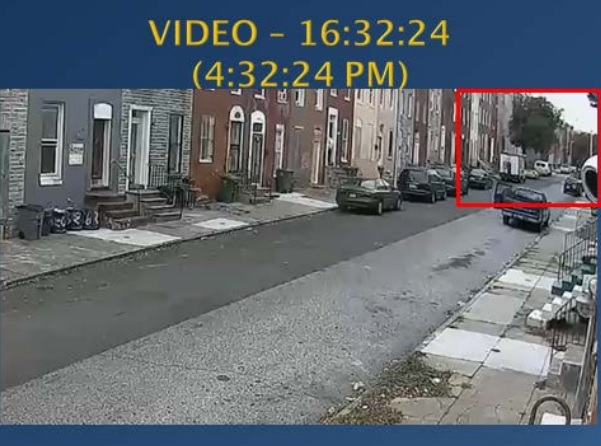
The board is recommending that BPD "make the relevant portions available to the public so that they may see this important evidence for themselves."
Police: Baltimore Detective Dead After Being Shot In The Head, Suspect Still At Large
When the shooting initially occurred, then-police chief Kevin Davis said Detective Suiter was shot in the head with his own service weapon in November 2017. Davis said there was evidence of a "brief but violent" struggle and provided a vague description of a suspect. However, the report said Davis misstated the facts and the board could find no evidence of another suspect or a struggle. And despite, the $215,000 reward, police never found a suspect in the case.
In the report, however, "The Examiner found no evidence of injury to Detective Suiter's neck, ribs, or sternum. There was no evidence noted of any abrasions or bruises on his hands or other possible signs of a struggle."
Suiter's hands were cleaned with peroxide at the hospital, which the board says explains why no dirt or other material was found on his hands or fingernails.
"In the rush to attempt to save his life, hospital personnel cleaned Detective Suiter's hands before law enforcement personnel could perform a gunshot residue test," the report states.
The report also describes Suiter's call log from the day -- as his lawyer was trying to reach him for a meeting ahead of his testimony the next day. It includes texts, where Suiter's attorney is trying to set up a meeting time, and Suiter either not responding or being brief.
Cell phone analysis revealed substantial deletions. Suiter or someone with access to his phone deleted GTTF defendants Gondo and Ward from his contacts, the reports states. Seventy-five text messages were also deleted along with 313 call log entries.
According to the report, a search of his work computer showed Suiter searched "vaughn green funeral" five times on Sept. 6, 2017. His family utilized the services of Vaughn Green Funeral Home after his death.
Suiter's family said previously, however, they do not believe he killed himself and we not available for comment Tuesday.
The state's medical examiner's office previously ruled Suiter's death as a homicide, a direct contrast to the findings in this recent report.
The FBI rejected a request to investigate, so Baltimore Police hired the outside board to investigate.
Criminologist Jeffrey Ian Ross said he believes the outcome will only fuel more doubt.
"In a situation like that, having the Maryland Sate Police do the investigation may have been appropriate, also bringing in outside police department the NYPD do the investigation or the Washington, D.C. department do the investigation those would have perhaps been more appropriate options," Ross said.
"I think the hope with this report and the findings of this report was that it would lead to some sort of closure and might even improve police-community relations but I think that it's only going to add fuel to the fire," Ross added.
CLICK HERE TO READ THE FULL REPORT.
Follow @WJZ on Twitter and like WJZ-TV | CBS Baltimore on Facebook
